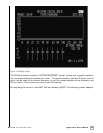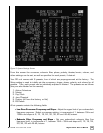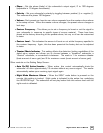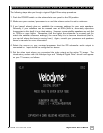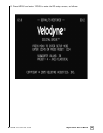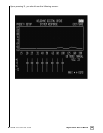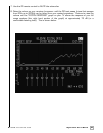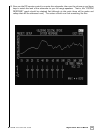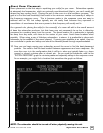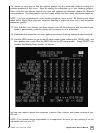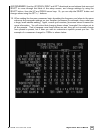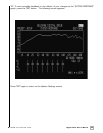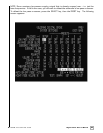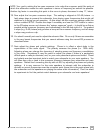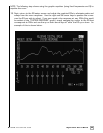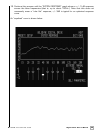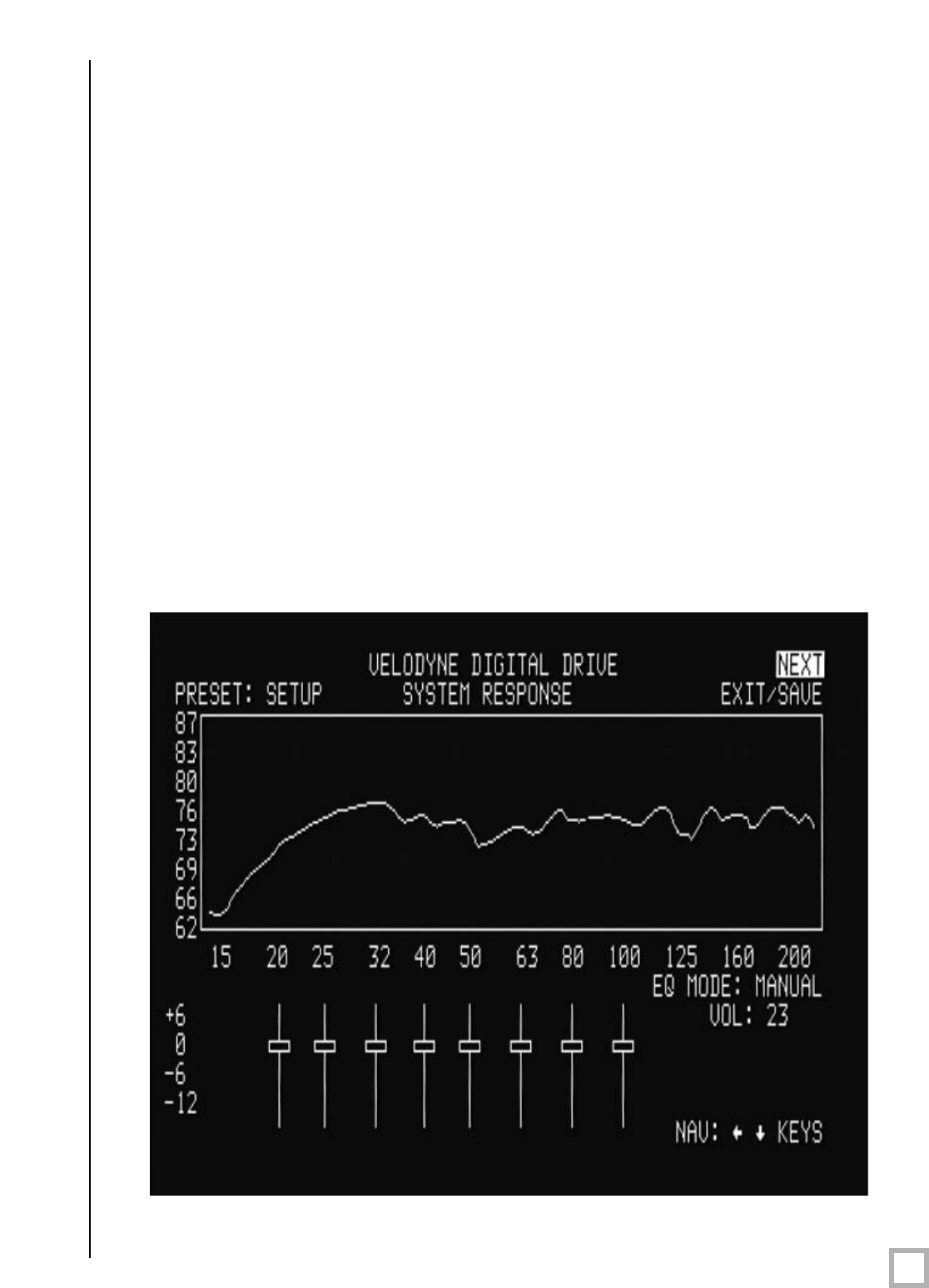
22
.
www.velodyne.com
Digital Drive User’s Manual
About Room Placement.
Room placement is the first step in equalizing your sub(s) to your room. Subwoofers operate
a
t extremely low frequencies, which are primarily omni
-d
irectional (that is, you can’t usually tell
where they are coming from). Placing the sub in the room is a trial and
-error process. The
goal is to find the best location(s) that result in the minimum number and severity of valleys in
the frequency response curve. This is because peaks in the response curve are easy to
address with an EQ, but valleys typically are not easily fixed because they represent a
cancellation of soundwaves that more power to that frequency will usually not fix.
As a general rule, placing the sub(s) in the corner(s) of a room will add to the overall amount
of bass the subwoofer produces, but that bass may not necessarily be as low in distortion
compared to a position away from the corner. The worst location for a subwoofer is typically
far away from any walls, and close to the center of your room. Avoid these locations when
possible. When using a pair of Velodyne subwoofers in stereo, it is preferable to place each
subwoofer by the satellite of the same channel. If moving your satellites is an option, they too
can contribute to peaks and valleys and should be likewise placed through experimentation.
10. Now you can begin moving your subwoofer around the room to find the best placement
position. You need to find the best tradeoff between appearance and room response. Be
sure the room is in the configuration that it will be in when you typically listen e.g. doors
opened or closed, curtains open or closed, etc. As you move the subwoofer, refer to the
“SYSTEM RESPONSE” graph to minimize peaks and especially valleys in the response curve.
As an example, you might find a location that smoothes the graph as follows:
NOTE: The subwoofer should be tur
ned of
f when physically moving the unit.



